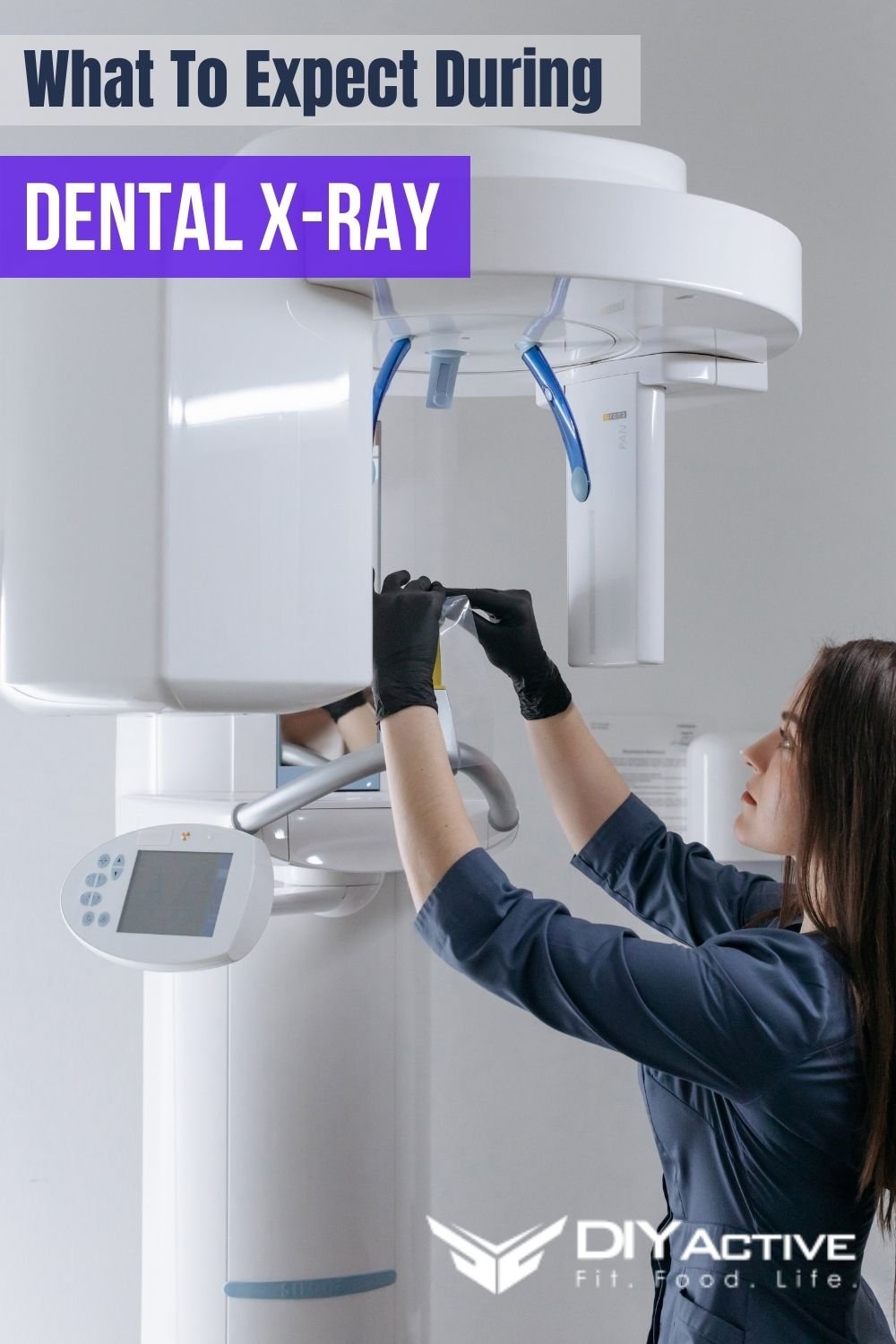
What To Expect During A Dental X-Ray?
Gone are the days when dentists only had access to physical and visual examinations of your teeth. Today, they rely on dental x-rays to identify teeth problems, even under the jawbone.
Dental X-Ray
X-ray results are needed before interventions can be carried out to address oral health problems. For instance, dentists and orthodontists require patients to undergo x-ray for wisdom teeth, crooked teeth, suspected impacted teeth, and other dental problems.
These x-rays provide the necessary information for assessment. They also allow dental professionals to see the condition of your teeth and their roots and let dentists examine the placement of your jaw and the bones in your face.
In addition, orthodontists ask their patients to get a dental x-ray first before they can offer recommendations for teeth correction. X-rays are even advised before and after applying braces.
Depending on its purpose, dental x-ray procedures vary:
1. Bitewing X-Ray
It’s a dental radiograph that shows parts of your teeth and your mouth. It can reveal tooth decay and gum problems too.
2. Periapical X-Ray
This procedure offers an x-ray of the whole tooth structure. It’s usually taken regularly to detect any unusual changes in the root and surrounding bone structures.
3. Panoramic X-Ray
X-rays of this type are sometimes called full-mouth survey x-ray. They create an image of the whole mouth area. One radiograph image can show all teeth positions, including impacted teeth.
4. Occlusal X-Ray
This type of x-ray monitors the teeth arch development of the upper and lower teeth structure. It’s often used to monitor the dental development of children.
Importance Of X-Rays
 Advanced dental treatments and procedures rely on dental CT scans, 3D and digital x-rays. Dental imaging has become a mandatory procedure before you can discuss diagnosis and treatment plans for your teeth.
Advanced dental treatments and procedures rely on dental CT scans, 3D and digital x-rays. Dental imaging has become a mandatory procedure before you can discuss diagnosis and treatment plans for your teeth.
It might be a little scary, but it’s better to know and see for yourself what causes that bothersome toothache, even if your teeth look fine.
However, it’s not a procedure done as often as you visit your dentist. Factors that affect the frequency of your dental x-ray include age, oral health, symptoms, and history of dental problems.
If it’s your first time undergoing a dental x-ray, fret not. Your dental professionals are trained to make the procedure as stress-free as possible. And even fun for the young ones.
What To Expect From Your Dental X-Ray Session
1. Dental Radiologist
The dental radiologist or dental x-ray technician assisting you is licensed to do the job. They’re tasked to capture the required angle of your teeth or mouth as prescribed by your dentist.
As professionals, they ensure that your radiation exposure is minimized. They also check if a quality image is taken for your dental diagnostics or treatments.
2. Radiation Exposure
Yes, you’re exposed to radiation when you do an x-ray. But it’s medically safe even for children. Dental imaging actually uses very low radiation to produce teeth or mouth images.
And since it’s used by dentists and orthodontists, dental digital x-rays have even lower radiation than those captured by x-ray films.
Most of the time, your technician or dentist will place a lead bib or apron to protect you from radiation exposure. But it’s better to avoid going through dental x-rays or any procedure with possible radiation exposure if you’re pregnant. Radiation is harmful to the fetus, no matter how low.
3. Position Requirements
Your x-ray technician will give specific instructions on what posture or position to adopt while taking the x-ray. The position depends on the dentist’s assessment of your present condition.
There might be tooth decay or abscess in your teeth or other dental concerns that are not clear during visual examinations.
Just follow the technician’s instructions so that the desired image results are produced. Otherwise, you might be required to retake the x-ray because of position errors.
Here are some position errors you need to avoid during a dental x-ray:
- Improper position of the tongue against the palate
- Movement during exposure
- Improper chin position
- Head tilted to one side during exposure
- Slouched or slumped posture
At some point, your radiographic assistant will adjust your position and ask you to stay in place for a few seconds to capture the best image.
Wrap-Up
Dental x-rays are already part of dental treatment procedures. Based on the x-ray results, your dentist will address your concerns and plan effectively. So, there’s nothing to fear before going through a dental x-ray.
You’ll have a health professional with you who’ll ensure that you get limited radiation exposure and that your experience will be a comfortable one.
Photo by Tima Miroshnichenko from Pexels
Photo by cottonbro from Pexels



